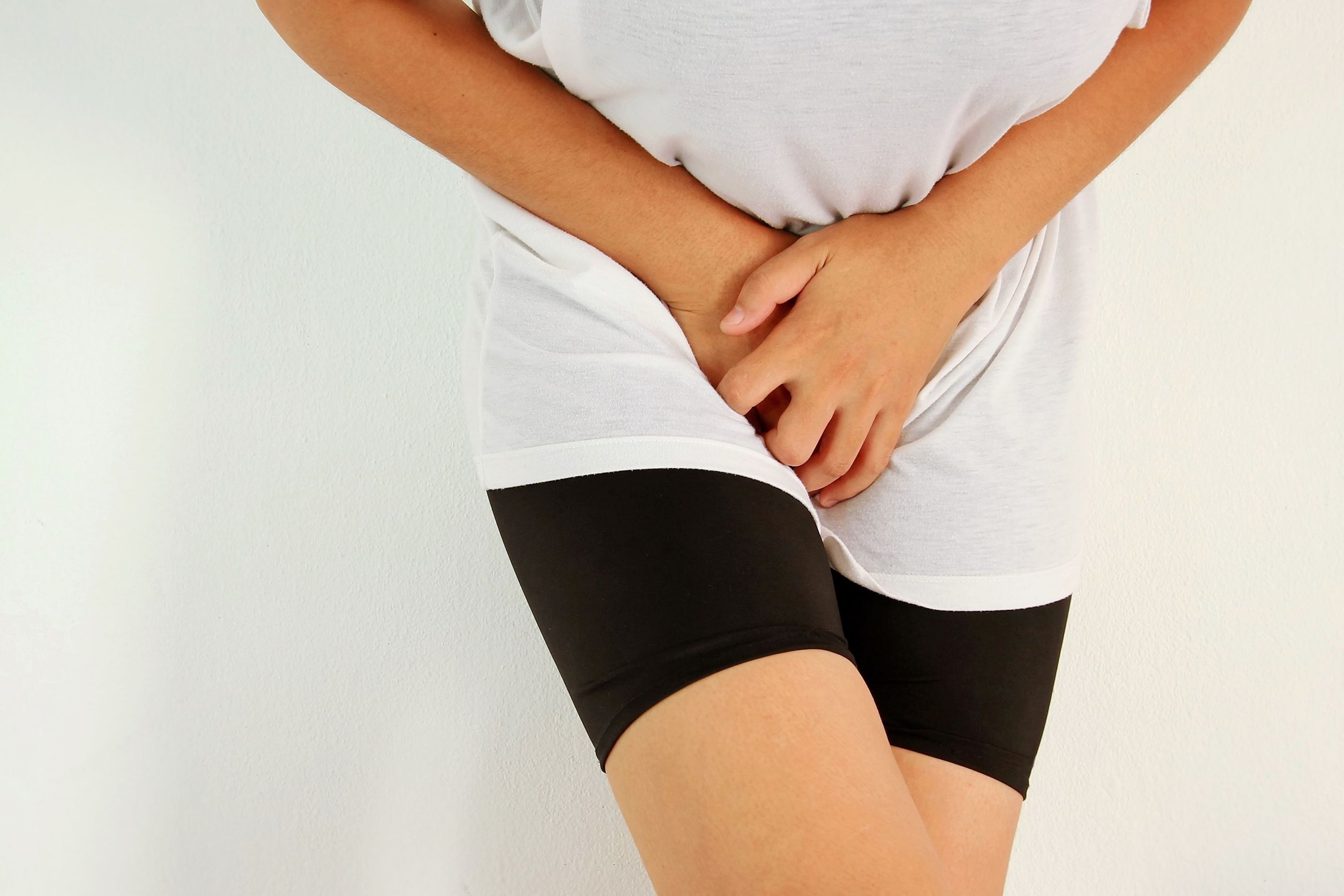0
item(s)
Cart is empty
|
Home
::
|
Groin Strain

A groin strain occurs when too much pressure is exerted on muscles which are situated in the groin and thighs. If your muscles are stressed too forcefully, they can get over-stretched or torn.
This injury has been found to be prevalent in individuals who play sports that involve a lot of running and jumping. Specifically, the possible causes include jumping suddenly or changing direction. A groin strain is common among people who play football and soccer. In addition, groins strain contributes to approximately 10 % of the total injuries in professional hockey players. Athletes are the most exposed to the risk of this injury. Groin strains aren’t usually serious, but in case of a severe strain, it can take a long time to recover from it.
When the muscles are too forcefully contracted or too forcefully overstretched, it can lead to injury. Muscle strain can be graded into three based on the amount of muscle damage:
Grade 1: This is mild or partial stretching or tearing of a few muscle fibers. In this case, the muscle is tender and painful, but it retains its normal strength. The use of the leg is not reduced and walking remains normal.
Grade 2: this is the moderate stretching or tearing of a higher percentage of muscle fibers. There are more sensitivity and pain, visible loss of strength and sometimes bruising. The use of the foot is greatly damaged and limping during walking is frequent.
Grade 3: this is the severe tear of the muscle fibers, sometimes full muscular tears. When the injury happens, a "popping" sound can be heard or felt. Bruising is obvious, and sometimes the "dent" in the muscle can be seen under the skin at the site of tears. Using the leg is very difficult and putting the weight on the leg is very painful.
What are the main Causes of a Groin Strain?
Tearing of the muscle can occur as a result of sudden or forceful movement. A groin strain is often caused by muscles in the groin to being contracted or stretched with too much force. In practice, this is often the case in a sport where the leg is turning or moving fast upwards or sideways. Here are some examples of movements that can cause groin strain:
• jumping
• twisting the leg
• forceful kicking
• changing direction suddenly when running
• lifting something heavy
This can also occur as a result of the excessive use of the muscles or if the muscles are not warmed up. This has been the major reason why a groin strain is common among athletes.
Symptoms of a Groin Strain
Tear in the adductor longus muscle is usually the causes of a groin strain. Pain and tenderness in the area are the two major symptoms of a groin strain. Other symptoms are listed below:
• bruising or swelling of the inner thigh
• pain when a person raises their knee
• muscles feel weak or tight
• limping or difficulty moving the leg
Pain differs as it can range from a dull ache to acute pain. Pain will often be worse when you walk or move your leg. A person can also experience spasms in the inner muscles of the thighs.
Groin Strain Treatment
Treatment for a Groin Strain requires restoring the circulation and blood flow to the affected structures in your groin. Pain is caused when swelling, inflammation and decreased circulation generate a blockage, which causes blood flow to be interrupted or slowed. Treatment for this issue requires breaking up the accumulated fluids in your groin to allow for improved healing and quicker recovery.
Products recommended for symptoms of swelling, redness, pain, and inflammation, and if coolness makes your pain feel better:
Ice Substitute Poultice
Bruise Relief Liniment
Muscle Therapy Massage Oil
Products recommended when swelling and inflammation are gone, but you still feel pain, stiffness, weakness, and/or sensitivity in cold and damp weather, and if heat makes your pain feel better:
Pain Relief Liniment
Muscle Therapy Massage Oil
